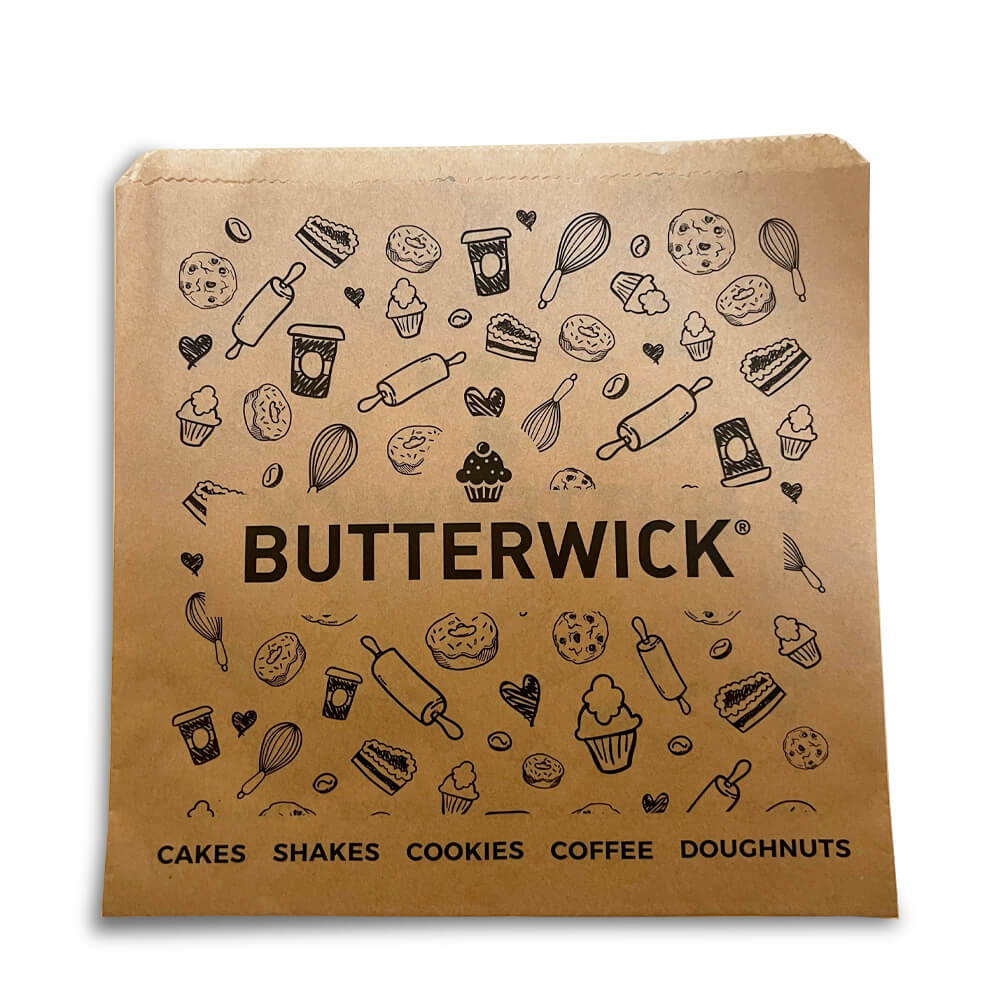The Rise of Plastic Mailers A Comprehensive Overview
In an age where efficiency and convenience drive consumer choices, plastic mailers have become a prominent packaging solution in the e-commerce industry. As more businesses embrace online sales, the demand for reliable and cost-effective shipping options has surged. This article delves into the various facets of plastic mailers, exploring their benefits, environmental considerations, and potential future developments.
What Are Plastic Mailers?
Plastic mailers, often made from polyethylene, are lightweight, durable, and moisture-resistant bags designed for shipping items. Typically, they come in various sizes and can accommodate a wide range of products, from clothing and accessories to books and electronics. Their design often includes a self-sealing adhesive strip, making them easy to use and a popular choice for both businesses and consumers alike.
Benefits of Plastic Mailers
1. Durability Unlike traditional paper envelopes, plastic mailers offer superior protection against tears, punctures, and water damage. This makes them ideal for shipping items that need to withstand the rigors of transportation.
2. Lightweight Due to their lightweight nature, plastic mailers help reduce shipping costs for businesses. The reduced weight translates into lower postage fees, making them a cost-effective option for online retailers.
3. Versatility Available in various sizes and colors, plastic mailers can cater to a wide array of products. They can be customized with branding, adding a unique touch for businesses looking to enhance their identity.
4. Easy to Use The self-sealing feature of plastic mailers makes packing and shipping straightforward. This simplicity benefits businesses with high shipping volumes, allowing them to fulfill orders quickly and efficiently.
5. Weather Resistance Plastic mailers are designed to withstand various weather conditions, providing customers with peace of mind that their packages will arrive intact, regardless of environmental factors.
Environmental Considerations
While plastic mailers offer numerous benefits, they have also sparked debates regarding their environmental impact. The increase in plastic pollution has become a pressing global issue, leading advocates to question the sustainability of plastic packaging.
plastic mailers

1. Recyclability Some plastic mailers are made from recyclable materials. However, the recycling rates for plastic remain low in many regions. To combat this issue, manufacturers are developing mailers that are more easily recyclable or made from recycled materials.
2. Biodegradable Options In response to environmental concerns, there has been a rise in biodegradable plastic mailers. These products break down more quickly than traditional plastic, offering a more sustainable alternative for eco-conscious businesses and consumers.
3. Lifecycle Analysis Assessing the overall environmental impact of plastic mailers requires a comprehensive lifecycle analysis. This includes considering raw material extraction, production processes, shipping, and disposal. By understanding these factors, companies can make informed decisions about their packaging practices.
Future Trends
As the demand for sustainable packaging solutions grows, the future of plastic mailers seems poised for change. Several trends are emerging in this space
1. Innovation in Materials Research and development are underway to create more sustainable materials that can replace traditional plastics. These materials will aim to maintain the durability and utility of plastic mailers while reducing environmental impacts.
2. Increased Focus on Recycling Companies are actively seeking ways to improve recycling systems for plastic packaging. This may involve partnerships with recycling facilities and initiatives to encourage consumers to return or recycle used mailers.
3. Consumer Awareness As consumers become more educated about sustainability, their preferences will likely influence purchasing decisions. Businesses that prioritize eco-friendly packaging are expected to gain a competitive edge in the market.
4. Regulatory Changes Governments worldwide are implementing stricter regulations on plastic waste. Businesses need to stay informed about these changes and adapt their packaging practices accordingly to avoid potential penalties and enhance their corporate responsibility.
Conclusion
Plastic mailers have become an integral part of the e-commerce landscape, offering a blend of durability, cost-effectiveness, and convenience. However, the industry must navigate the challenges of environmental sustainability and consumer expectations. As innovations in materials and recycling processes evolve, the future of plastic mailers will be shaped by a collective commitment to balancing efficiency and environmental stewardship. In this ever-changing landscape, businesses that adapt to these dynamics will not only thrive but also contribute positively to the planet.



